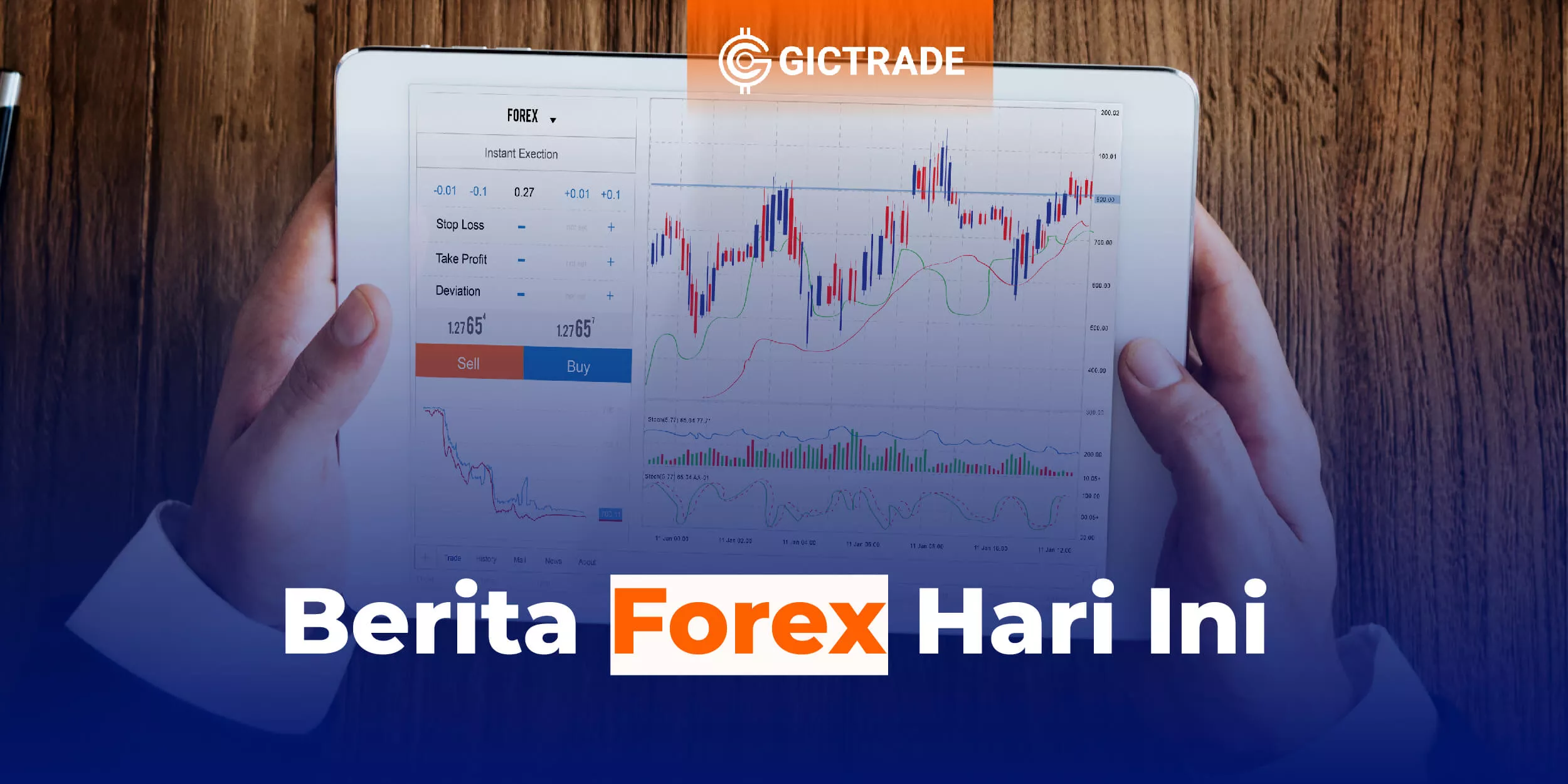The Australian Dollar (AUD) weakened for the second consecutive day on Thursday after positive S&P PMI data from the US was released on Wednesday, pushing the AUD/USD pair lower. The optimistic data could reduce the likelihood of a Fed rate cut in March, triggering a decline in the AUD/USD pair. Market expectations for a Fed rate cut in March have fallen to below 40%, significantly lower than 80% a month ago, according to FedWatch CME.
The Australian Dollar fell despite an improvement in Australia’s PMI on Wednesday. The RBA bulletin stated that businesses anticipate moderated price growth over the past six months. Price expectations remain above the RBA's inflation target of 2.0–3.0%. The bulletin also noted that slower demand growth and increased competition contributed to the slowdown in corporate price growth in the coming quarter.
The US Dollar Index (DXY) is attempting to recover from recent declines, driven by rising yields on US Treasuries. However, the US Dollar (USD) faces challenges as markets tend to take risks ahead of the Federal Reserve's interest rate decision on January 31. Investors are expected to pay attention to the US Gross Domestic Product (GDP) data for Q4, scheduled for release on Thursday. This information will provide an overview of overall economic performance and could potentially influence market expectations regarding Fed monetary policy.
Daily Market Movers Summary: The Australian Dollar fell due to the improvement in the US PMI.
- Australia's Manufacturing PMI rose from 47.6 to 50.3, indicating improvement. The Services PMI also increased from 47.1 to 47.9, while the Composite PMI reached 48.1 from 46.9 in December.
- The Westpac Leading Index (MoM) for Australia declined by 0.03% in December from a growth of 0.07% in November.
- The National Australia Bank's Business Conditions fell slightly to 7 from 9 in December.
- The National Australia Bank's Business Confidence improved to -1 from -9 previously.
- Australia's Consumer Inflation Expectations remained stable at 4.5% in January.
- The Chairman of the Australian Sovereign Wealth Fund, Peter Costello, noted early signs of slowing inflation in Australia but emphasized that there is still a long way to go to reach the RBA's target.
- The People's Bank of China maintained its Loan Prime Rate (LPR) steady at 3.45% for one year and 4.20% for five years.
- The S&P Global Manufacturing PMI for the US reached an 11-month high of 50.3 in January, exceeding expectations of 47.9. The US Services PMI rose to 52.9 from an expected 51, and the Composite PMI increased to 52.3 from 50.9.
- The US Conference Board reported an improvement in the Leading Economic Index for December, from -0.5% in November to -0.1%.
- The preliminary Michigan Consumer Sentiment Index for the US rose to 78.8 in January from 69.7 previously, surpassing expectations of 70.
Also Read:
Australian Dollar Today Against the US Dollar Falls 0.3% |
Australian Dollar to USD Rises to 0.6770 Thanks to China’s Stimulus Support |
Warning!
The analysis "Australian Dollar Struggles as US GDP Becomes Main Focus!" is based on fundamental and technical insights from trusted sources and should not be considered as advice or an invitation to trade. Always remember that this content aims to enrich readers' information. Always conduct independent research first regarding other forex information as a reference for your trading.
Get updated news and articles from GIC Indonesia that you can check on Google News daily to stay informed about the latest updates in the forex and crypto world. Also, trade at GICTrade using an ECN account to enjoy trading with low spreads starting from zero!
 Last:
Last: 







